Introduction
In the dynamic landscape of architectural visualization, the integration of client feedback serves as a cornerstone for producing renderings that resonate deeply with client aspirations. As the architecture sector continues to flourish, with a notable increase in the number of firms and a steady growth trajectory, the importance of client engagement cannot be overstated.
This article delves into the methodologies and best practices that enable architects to harness client insights effectively, ensuring that every rendering not only meets but exceeds expectations. By establishing structured feedback loops, leveraging advanced visualization technologies, and fostering collaborative communication, architects can refine their design processes and enhance client satisfaction.
Through a systematic approach to integrating feedback, the architectural community can navigate the complexities of client desires, ultimately leading to innovative and successful project outcomes.
Leveraging Customer Feedback for Enhanced Architectural Renderings
In the field of architectural visualization, utilizing architectural rendering customer recommendations is crucial for creating visuals that genuinely connect with customers. This is especially pertinent as architecture continues to be the most favored major for staff architects, occupied by 64%, emphasizing the significance of stakeholder engagement in an expanding field. At J. Scott Smith Visual Designs, we prioritize collaboration from the outset, initiating proactive solicitation of client input at various stages of project development.
Our initial concept renderings serve as essential tools for visualizing and evaluating feasibility, providing a clear representation of early ideas that allows architects to explore shapes and massing quickly and cost-effectively. This aligns with our ‘Prove the Concept’ philosophy, which emphasizes validating concepts early in the process. Organized review sessions can be established, enabling users to express their preferences concerning design components, materials, and overall aesthetic vision.
For instance, presenting initial concept sketches early in the project can effectively gauge reactions, enabling teams to refine their approaches before committing significant resources to detailed renderings. Thorough documentation of responses is essential; we employ tools like digital asset management systems to monitor input systematically, ensuring that visualization teams can customize their outputs to align closely with the vision, thereby improving satisfaction and reducing revisions during later project phases. Furthermore, utilizing consumer-driven surveys acts as a strategic tool to gather insights on specific features that users prioritize, ensuring that the final product accurately reflects their desires.
As our case studies demonstrate, the collaborative planning process lays a robust foundation for projects, marked by open communication and a shared commitment to achieving ambitious yet achievable visions. As AEC leaders have observed, implementing a digital asset management (DAM) system can significantly improve accessibility and organization across all contributors, further enhancing the review process. This systematic method not only promotes design satisfaction but also emphasizes the significance of user input in architectural rendering customer recommendations as we progress into 2024.
With the architecture industry expanding—evidenced by the growth of 73,313 architecture firms in the U.S. and a 1.6% CAGR from 2019 to 2024—effective evaluation mechanisms are more critical than ever.
Best Practices in Architectural Rendering Informed by Client Insights
To effectively incorporate customer insights into architectural visualization, it is essential to adopt several best practices that utilize advanced tools. Utilizing real-time rendering software allows for rapid iterations based on user feedback, fostering a collaborative environment where users can visualize changes instantaneously. As Burak Karakızlı aptly notes, “Most architects impose their ideas instead of understanding the needs of the customer; therefore, it is crucial to establish clear project briefs before commencing work.”
Presenting a variety of color palettes and material choices aligns with customer preferences, allowing them to select options that resonate with their tastes. Incorporating mood boards further assists clients in expressing their preferences, enhancing the communication process.
Initial conceptual illustrations act as an essential element in this process, providing rapid visualization of creative concepts and aiding informed decision-making. These illustrations are economical, enabling architects to investigate various creative options without considerable monetary commitment. Additionally, they facilitate effective communication among architects, patrons, and stakeholders, ensuring everyone is aligned from the start.
The iterative development process supported by architectural rendering customer recommendations encourages multiple revisions based on feedback, refining the project to meet customer expectations.
Client testimonials further emphasize the importance of these practices. For instance, a customer remarked, “The visualization tools allowed us to see our ideas come to life, making the decision-making process much smoother.” Presentations that showcase virtual tours of luxury properties can leave lasting impressions on prospective customers, emphasizing the effectiveness of architectural visuals in enhancing engagement.
Statistics indicate that users who utilize visualization tools report a 40% increase in satisfaction with the design process, underscoring the importance of these tools in meeting user expectations.
Moreover, the practice of conducting post-occupancy evaluations (POE) offers invaluable insights post-project completion. This input not only informs future architectural endeavors but also strengthens the architect-client relationship. By participating in continuous professional growth and training based on customer feedback, architects can consistently enhance the quality and relevance of their visuals.
The incorporation of these best practices not only improves customer satisfaction but also strengthens the architect’s role as a responsive and innovative partner in the design process.
Utilizing Technology to Enhance Client Communication
Embracing technology to enhance customer communication is pivotal in refining the architectural rendering process, especially when considering architectural rendering customer recommendations in the realm of 3D architectural visualizations. Trusted services like ours have been the choice of discerning architects, enhancing engagement through realistic representations that facilitate clear communication and are supported by architectural rendering customer recommendations. Video conferencing platforms like Zoom and Microsoft Teams enable face-to-face discussions, which are crucial for communicating complex design ideas and gathering architectural rendering customer recommendations.
Additionally, using project management software such as Trello or Asana simplifies the monitoring of architectural rendering customer recommendations and changes in real-time, ensuring all team members stay aligned with customer expectations. Shared digital platforms enable users to comment directly on architectural rendering customer recommendations, fostering an interactive response loop that enhances collaboration. The integration of virtual reality (VR) technology further enhances user involvement by offering immersive experiences of suggested concepts.
This innovative approach not only enriches client feedback based on architectural rendering customer recommendations but also empowers architects to make well-informed adjustments, ultimately leading to higher satisfaction rates. According to recent insights, 85.7% of respondents believe that the conditions of facilities significantly affect the implementation of technology in architectural practices. Moreover, outsourcing 3D architectural visualization can enhance business efficiency, liberating resources to concentrate on essential creative tasks.
For instance, businesses can delegate rendering tasks to specialized firms, allowing in-house teams to concentrate on design innovation. As one respondent noted, “Managers perform a simple calculation instead of having 100 people in the office; they let only 25% of them attend and the rest work from home, which reduces the wage and saves money for the company.” This emphasizes the wider implications of technology adoption in architectural firms, particularly regarding architectural rendering customer recommendations and communication with customers.
The conceptual framework developed illustrates the relationships between variables influencing technological acceptance and integration among architects. As technology continues to evolve, utilizing these tools will be essential for architects seeking to enhance their interactions with customers and improve architectural rendering customer recommendations to ensure project success.
Creating a Structured Feedback Loop
Creating an organized response system is essential for enhancing user contributions during the architectural visualization process, which can be guided by architectural rendering customer recommendations. This starts with the explicit identification of important milestones at which input is requested, such as:
- After the initial sketches
- Halfway through the design process
- Upon completion of the first draft
Agile retrospectives, held biweekly, can act as a standard for user input frequency in architectural rendering customer recommendations, ensuring that responses are timely and pertinent.
It is imperative that customers understand the significance of their contributions at each juncture, as highlighted by architectural rendering customer recommendations. To assist with this, introducing a structured evaluation form can direct users on specific elements to assess, including:
- Lighting
- Textures
- Overall coherence
Additionally, we encourage customers to provide essential information early in the process, such as architectural plans, design inspirations, and specifics on finishes and fixtures, as outlined in our user manual.
Such a method not only simplifies the response process but also enables customers to express their insights more effectively, producing actionable information for architectural rendering customer recommendations. As highlighted in our case studies, clear and timely communication of detailed specifications has proven to save time and costs significantly, reflecting the essence of successful collaborative planning. For example, in a recent project, comprehensive feedback on preferred aesthetics and functional requirements resulted in a more customized visualization that surpassed expectations.
Furthermore, architectural rendering customer recommendations play a crucial role in enhancing interior renderings during renovation projects, ensuring that the final outputs not only meet but surpass expectations. As Chiva-Gomez observes, Complex Adaptive Systems theory highlights how creativity, adaptation, and emergence arise from the tension of positive and negative responses through the interactions of learning agents. Moreover, the regular assessment of the response system’s effectiveness is crucial for ongoing enhancement and alignment with architectural rendering customer recommendations.
Insights from Liu et al. (2011) on the controllability of complex networks emphasize that effective response mechanisms are vital in navigating the intricacies of design processes, ultimately enhancing goal-seeking in architectural projects. Additionally, the work of Yassine et al. (2003) on information hiding in product development emphasizes the significance of transparency in customer responses, ensuring that all pertinent information is shared openly to promote collaboration.
Post-Project Review and Continuous Improvement
Carrying out a post-project evaluation with both customers and the visualization team after project completion is crucial for obtaining valuable insights that can greatly improve future architectural rendering customer recommendations. Start by collecting all pertinent project documents, including testimonials and feedback from the recent collaborative planning phase, and arrange a meeting with key stakeholders to discuss performance and suggest actionable recommendations. During this review, assess which elements of the visuals successfully matched customer expectations, such as the depiction of the open and innovative kitchen area, and pinpoint areas for enhancement.
For example, one customer remarked, ‘The kitchen depiction truly captured our vision, but we felt the living room could have used more warmth.’ Encouraging an open dialogue allows individuals to share their perspectives candidly, fostering a productive environment that mirrors our commitment to collaboration at J. Scott Smith Visual Designs. Documenting these discussions is crucial for maintaining a reference point for future projects, as illustrated in the case study on writing a post-project summary, which outlines objectives, achievements, challenges faced, lessons learned, and recommendations.
Moreover, it is crucial to collect input from the production team concerning obstacles faced during the project and their suggestions for process improvements. This collaborative reflection aids not only in addressing immediate concerns but also in establishing a culture of continuous improvement within the team. The universal implementation of Post-Occupancy Evaluation (POE) will enhance its benefits and establish its role as essential in the building process.
Over time, the systematic application of these insights can lead to increasingly high-quality representations and greater customer satisfaction, which is evident in our architectural rendering customer recommendations, reinforcing our commitment to excellence. As articulated by Hannelore Christiaens, ‘Figuratively, POE replaces the ‘blank sheet’ of the architect with transparent paper that is placed over experience, knowledge and previous successes, from which the appropriate lines can be copied.’ By adopting this method, architects can enhance their practices and ensure that architectural rendering customer recommendations remain essential to the development process.
Additionally, during the initial planning phase, we gathered architectural plans, surveys, and design inspirations, which facilitated detailed discussions that were pivotal in aligning our renderings with client expectations.
Conclusion
In the ever-evolving field of architectural visualization, integrating client feedback stands as a fundamental practice that significantly enhances the quality and relevance of renderings. By actively engaging clients throughout the design process—from initial concept sketches to detailed renderings—architects can refine their outputs to align closely with client aspirations.
The establishment of structured feedback loops and the utilization of advanced visualization technologies not only streamline communication but also empower clients to express their preferences effectively.
The adoption of best practices, such as real-time rendering and mood boards, reinforces the collaborative nature of architectural projects. These tools facilitate an iterative design process, allowing for rapid adjustments based on client insights, which ultimately leads to heightened satisfaction. Moreover, embracing technology—whether through virtual reality experiences or project management software—enhances the clarity and efficiency of client interactions, ensuring that expectations are met and exceeded.
Post-project reviews and continuous improvement processes are equally critical. By reflecting on completed projects and gathering feedback from both clients and the rendering team, architects can identify strengths and areas for enhancement. This commitment to learning and adaptation fosters a culture of excellence, ensuring that each project not only meets but surpasses client expectations.
As the architecture industry continues to grow, the integration of client feedback will remain paramount. By cultivating collaborative relationships and embracing innovative practices, architects can navigate the complexities of client desires, paving the way for successful and innovative project outcomes that resonate deeply with stakeholders.
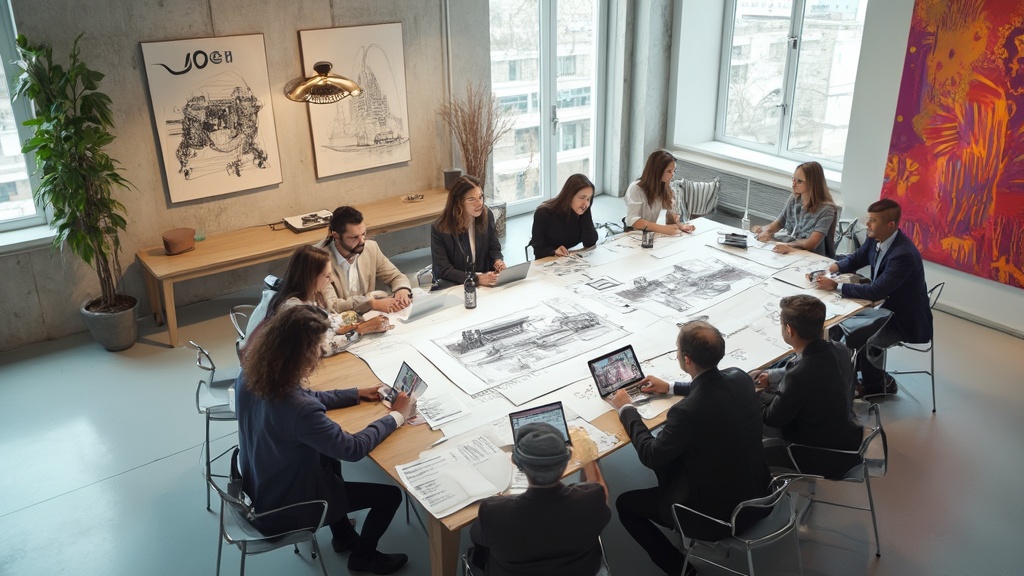
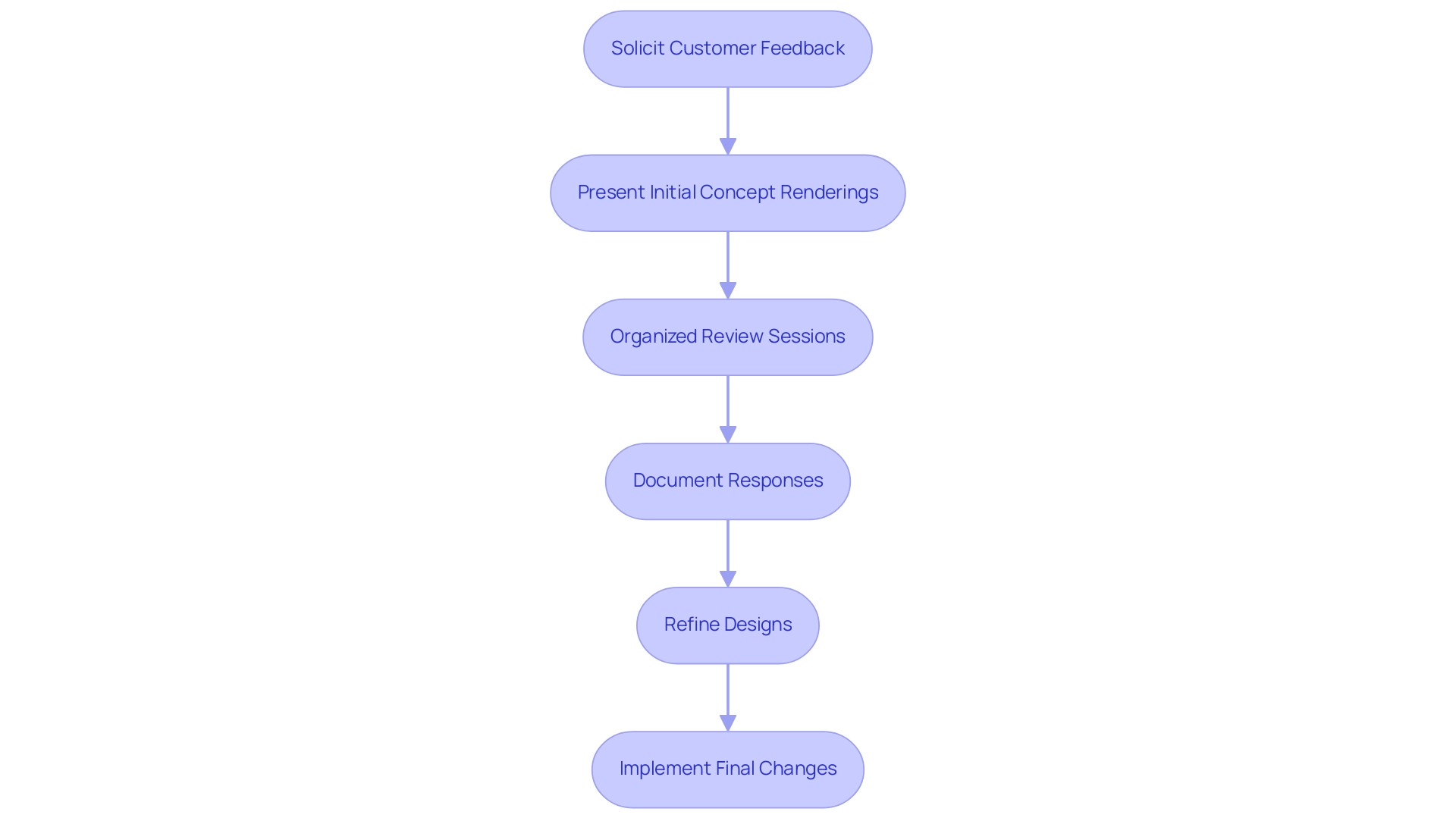
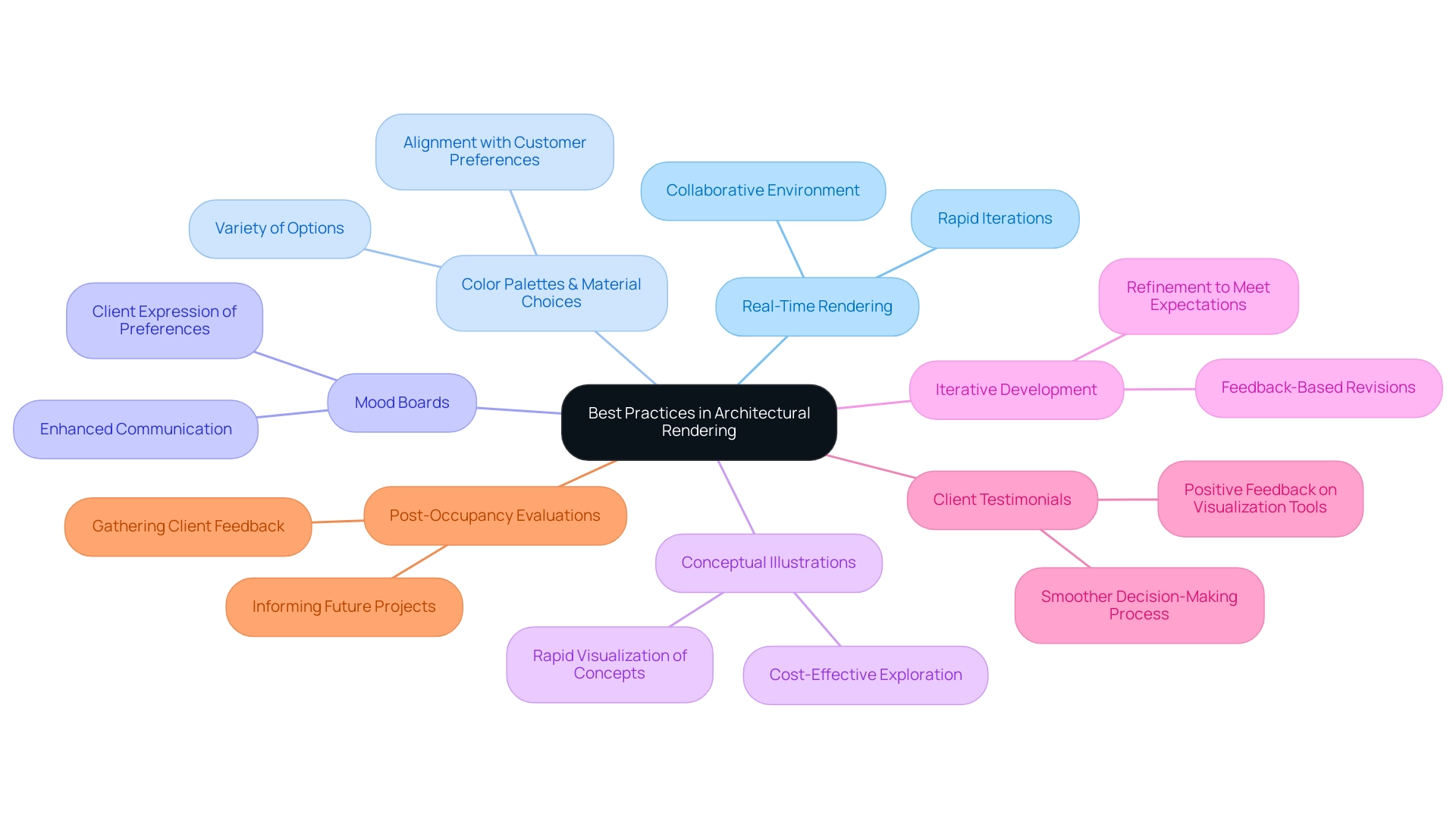
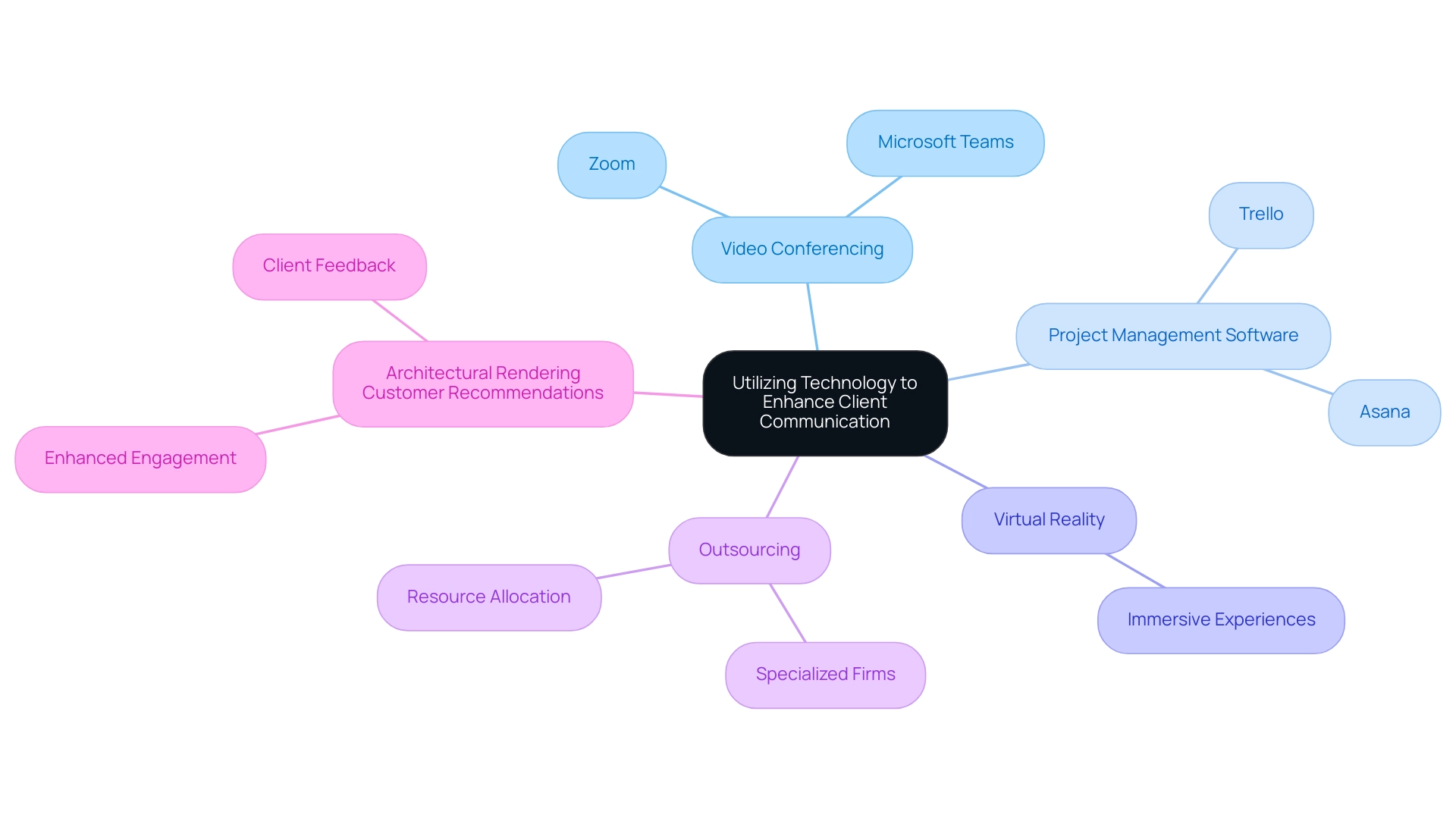
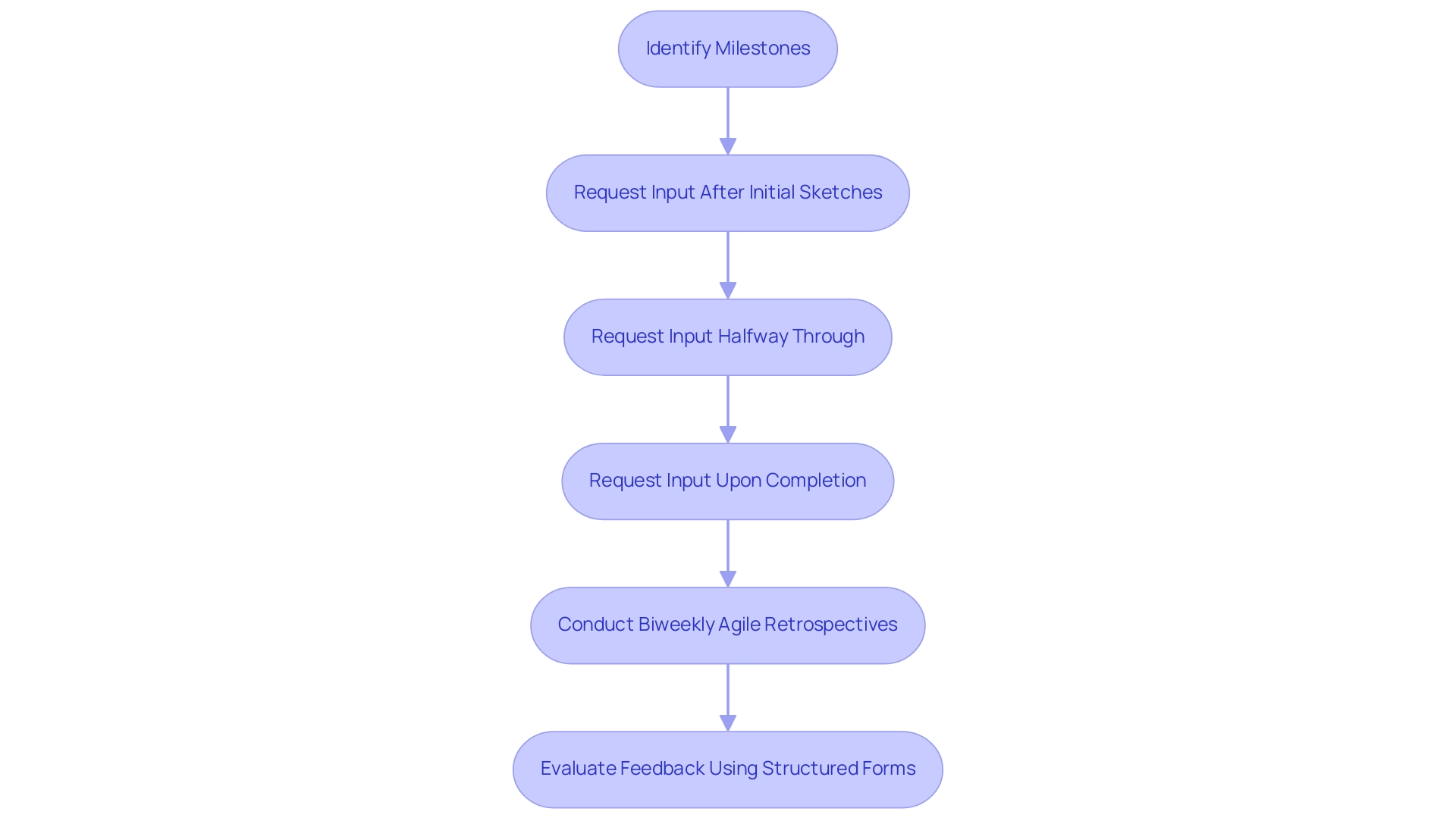

0 Comments